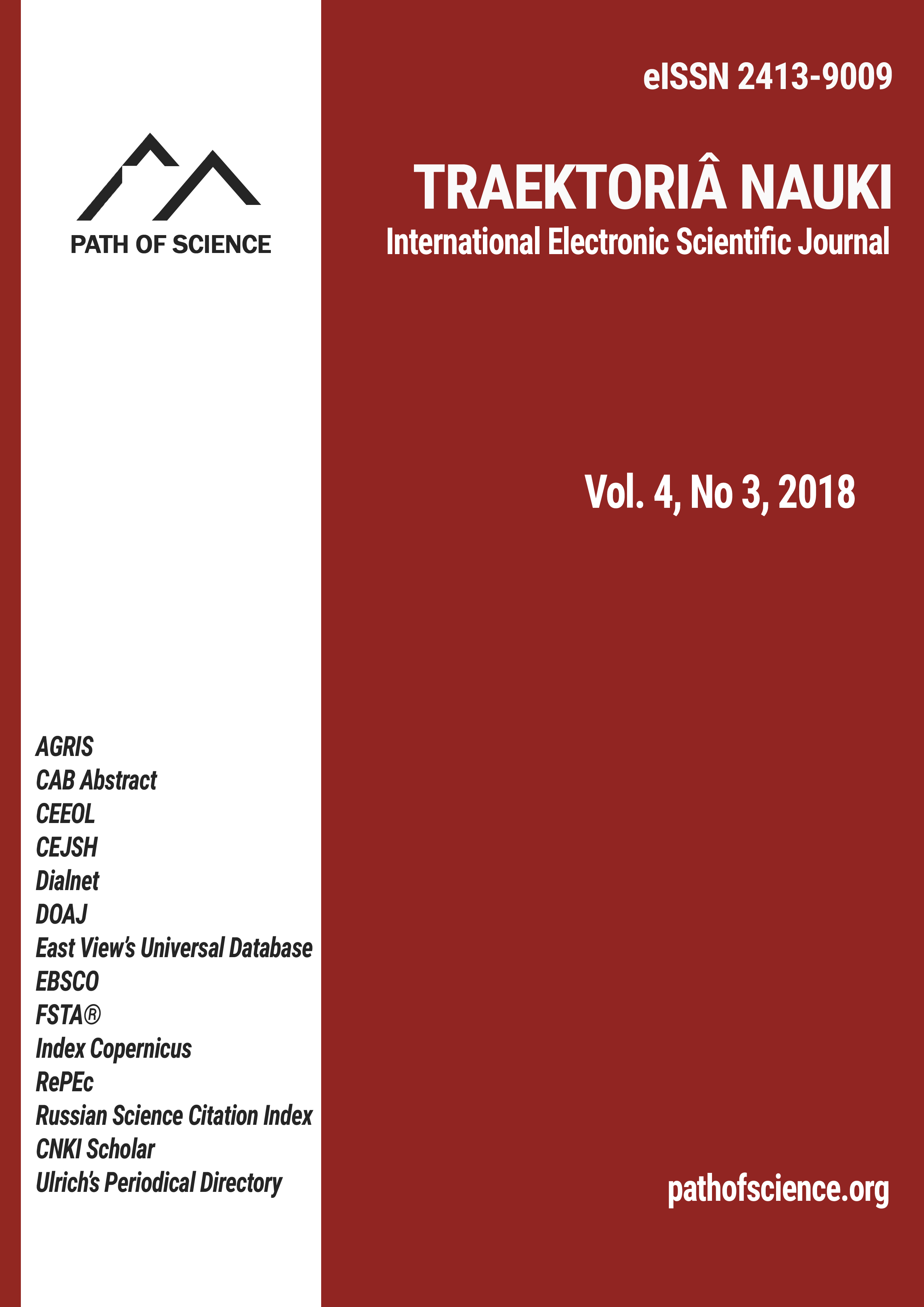Evaluation of Physico-Chemical and Fungal Species Associated with Oil Contaminated Soil from Selected Automobile Garage in Sokoto Metropolis
Evaluation of Physico-Chemical and Fungal Species Associated with Oil Contaminated Soil from Selected Automobile Garage in Sokoto Metropolis
Author(s): Malami Muhammad Maishanu, Ahmad Bashir, Kasimu Shehu, Muhammad Murtala Mainasara, Ibrahim Muhammad MagamiSubject(s): Agriculture
Published by: Altezoro, s. r. o. & Dialog
Keywords: automobile garages; physicochemical; mycological; Fungi; contamination;
Summary/Abstract: This study was conducted with a view to evaluating the physicochemical and mycological properties of different oil contaminated soils collected from three different automobile garages in Sokoto Metropolis, and uncontaminated soil from the temporary site, Usmanu Danfodiyo University, Sokoto (UDUS) was used as the control. The pH was determined using pH meter model Hanna (H1991301), quantity of mineral elements was evaluated in accordance with Murphy and Fungi were isolated from the three oil contaminated samples (A, B. and C) and the uncontaminated (sample D) as control, this was done by standard procedure using the method of P. Ren, T. Jankun & B. Leaderer. The physical, chemical, and mineral elements from the oil-contaminated soils of the three automobile garages and control. The results of particle soil analysis revealed the high content of sandy soil (96.2 to 87.3) and silt is the lowest with (2.5–0.6). Magnesium had the highest concentration of studied minerals, ranging from 193 to 649.2 mg/kg. while PH result revealed that the soil samples were pH value ranged from (16.85–16.20) in oil Contaminated samples, while the control had 15.90, and electrical conductivity ranged from 12.8–13.8 % and 28 % in control, four fungal isolates Aspergillus sp., Penicillum sp., Mucor sp. and Sporobolomyces sp. were identified based on colonial, sexual and morphological characteristics. These fungal strains can be used in bioremediation process and oil pollution reduction in aquatic ecosystems.
Journal: Traektoriâ Nauki
- Issue Year: 4/2018
- Issue No: 03
- Page Range: 5001-5006
- Page Count: 6
- Language: English

